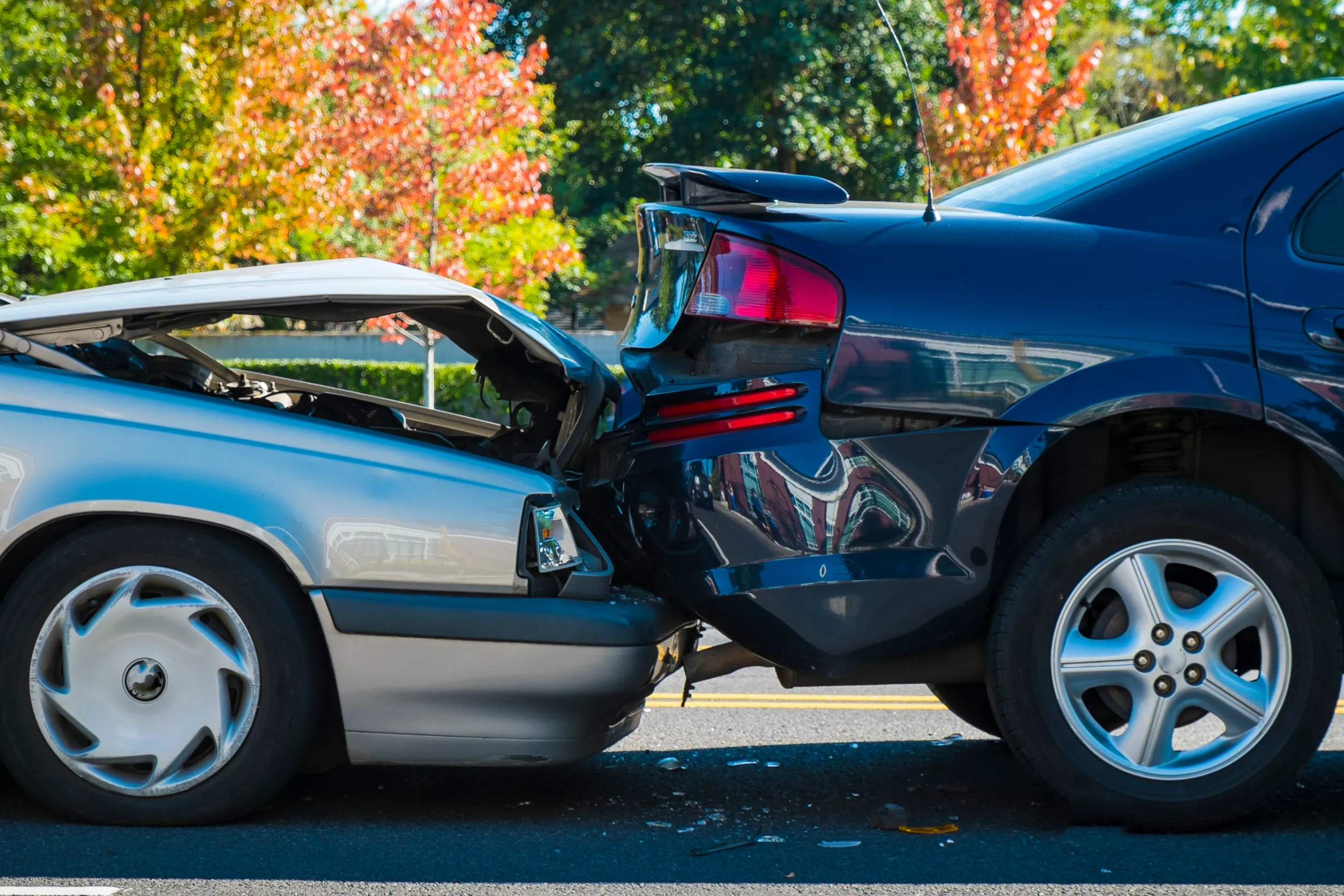Common Injuries After a Rear-End Collision
A rear-end collision, seemingly commonplace on today’s busy roads, can have far-reaching consequences for those involved. While the damages to vehicles are often visible, the injuries sustained by occupants can be less apparent but equally significant. In this exploration of the aftermath of rear-end collisions, we delve into common injuries that may manifest, reminding us of the importance of seeking prompt medical attention and understanding the potential long-term effects.
Whiplash: A Silent Aggressor
Perhaps the most well-known injury associated with rear-end collisions, whiplash occurs when the head is forcefully jerked forward and then backward, straining the neck muscles and ligaments. Symptoms may not immediately manifest but can include neck pain, stiffness, headaches, and even cognitive issues. Whiplash is a silent aggressor that demands attention and care.
Soft Tissue Injuries: The Unseen Impact
Soft tissues such as muscles, tendons, and ligaments can be easily injured in a rear-end collision. Strains, sprains, and contusions are common, causing pain, swelling, and limited mobility. The unseen impact of soft tissue injuries often becomes apparent in the days following the accident, underscoring the importance of post-collision medical evaluations.
Back Injuries: The Spinal Toll
The force of a rear-end collision can result in various back injuries, ranging from herniated discs to spinal fractures and compression injuries. Back pain, numbness, tingling, or weakness in the limbs may signal underlying spinal damage. Back injuries demand thorough examination and timely intervention to prevent long-term complications.
Head Injuries: The Unpredictable Consequence
Even in seemingly minor rear-end accidents, occupants may sustain head injuries. From concussions to more severe traumatic brain injuries (TBIs), the impact on the head can lead to a range of symptoms, including headaches, dizziness, nausea, confusion, and memory loss. Head injuries are unpredictable and necessitate immediate medical attention.
Chest Injuries: Impact on Vital Organs
The force of a rear-end collision can cause occupants to be forcefully thrown forward, resulting in chest injuries. Contusions, rib fractures, and internal injuries to organs such as the lungs or heart can occur. Chest injuries, even when seemingly minor, require a thorough examination to rule out potential complications.
Facial Injuries: The Airbag Effect
While airbags are crucial safety features, their deployment can lead to facial injuries. Cuts, bruises, and fractures may result from the impact of the airbag or contact with the dashboard. Facial injuries, although often less severe, can contribute to the overall toll of a rear-end collision.
Psychological Trauma: The Invisible Wound
Beyond physical injuries, individuals involved in rear-end accidents may experience psychological trauma. Post-traumatic stress disorder (PTSD), anxiety, and depression are common responses to the emotional impact of a collision. Addressing psychological well-being is an integral part of the recovery process.
A rear-end collision, seemingly routine on the surface, can leave a trail of physical and emotional challenges for those involved. Understanding the common injuries that may result is crucial for seeking timely medical attention and addressing the potential long-term effects.
As we navigate the complexities of road safety, let us remain vigilant and compassionate, recognizing the impact that extends beyond the visible damages to vehicles. Contact us at Ohio Therapy Centers today if you or someone you know has been involved in a car accident recently.

